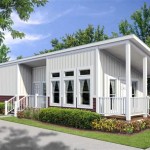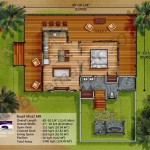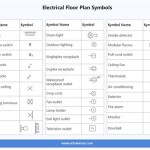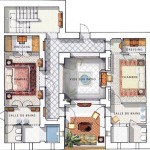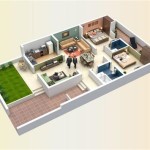Design a Home Floor Plan: Essential Aspects and Considerations
Designing a home floor plan is a crucial step in creating a comfortable and functional living space. It involves carefully considering the flow of traffic, space allocation, and overall aesthetics. Here are some essential aspects to keep in mind when designing a home floor plan:
1. Functionality and Flow of Traffic
The primary purpose of a home is to provide shelter and comfort to its occupants. The floor plan should prioritize functionality by ensuring smooth and logical traffic flow. Rooms should be arranged in a way that minimizes congestion and allows for easy movement between different areas. Consider the frequency of use and the relationship between different rooms when planning the layout.
2. Space Allocation and Room Sizes
Determining the appropriate size and allocation of space is essential for a well-designed home. Consider the number of occupants, their lifestyles, and the intended use of each room. Rooms should be large enough to accommodate necessary furniture and activities without feeling cramped or cluttered. Pay attention to the proportions and dimensions of each room to ensure a balanced and harmonious feel.
3. Natural Light and Ventilation
Natural light and ventilation are vital components of a healthy and comfortable home. Design the floor plan to maximize the use of natural light by positioning windows and doors strategically. Cross-ventilation should be considered to allow for proper air circulation and reduce the need for artificial lighting and air conditioning.
4. Privacy and Separation of Spaces
Privacy is an important consideration in home design. The floor plan should provide clear separation between private and public areas. Bedrooms and bathrooms should be positioned away from high-traffic zones and offer a sense of seclusion. Consider using hallways or dividers to create privacy and reduce noise levels.
5. Storage and Organization
Adequate storage space is essential for maintaining a clutter-free and organized home. Plan for sufficient storage areas within each room, utilizing built-in closets, drawers, shelves, and pantries. Consider vertical storage solutions and multi-purpose furniture to maximize space utilization.
6. Aesthetics and Style
While functionality is paramount, aesthetics should not be overlooked. The floor plan should reflect the desired architectural style and create a visually appealing space. Consider the overall flow and balance of the layout, as well as the relationship between different architectural elements such as walls, windows, and staircases.
7. Code Compliance and Building Regulations
It is important to ensure that the floor plan adheres to local building codes and regulations. These regulations may include minimum room sizes, window placement, and accessibility requirements. Failure to comply with building codes can result in legal issues and construction delays.
Conclusion
Designing a home floor plan is a multifaceted process that requires careful consideration of various factors. By prioritizing functionality, space allocation, natural light, privacy, storage, aesthetics, and code compliance, homeowners can create a living space that is both comfortable and aesthetically pleasing. It is recommended to seek professional guidance from architects or interior designers to ensure a well-designed and tailored floor plan that meets all of your needs.
House Plans How To Design Your Home Plan
Floor Plans Types Symbols Examples
Small House Design Shd 2024007 Pinoy Eplans One Y Bungalow Plans Layout
Design Your Own Home House Designing Homes
House Floor Plans Your Best Guide To Home Layout Ideas
Floor Plans Learn How To Design And Plan
Check Out These 3 Bedroom House Plans Ideal For Modern Families
Tips For Selecting The Right Floor Plan Your Home Sater Design Collection
How To Draw A Floor Plan Top Mistakes Avoid Foyr
Creating A Great Floor Plan Tips From Home Designer

